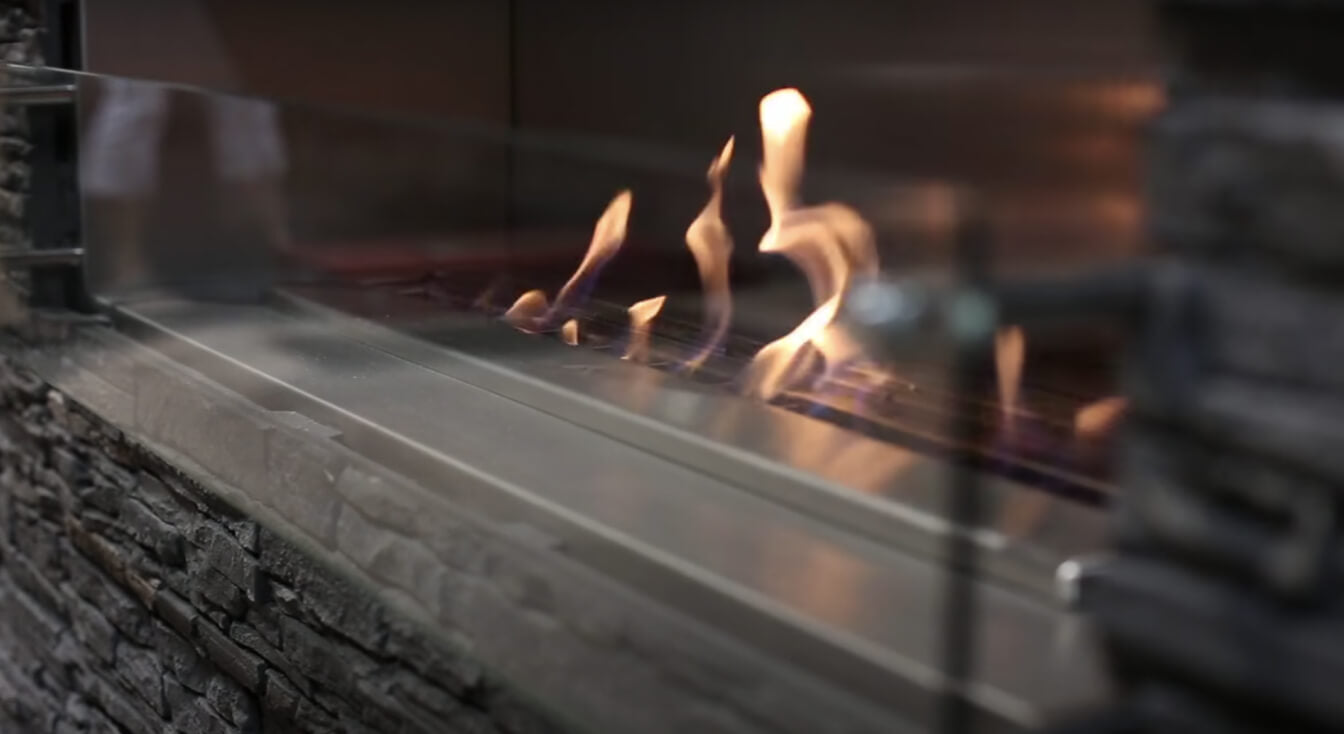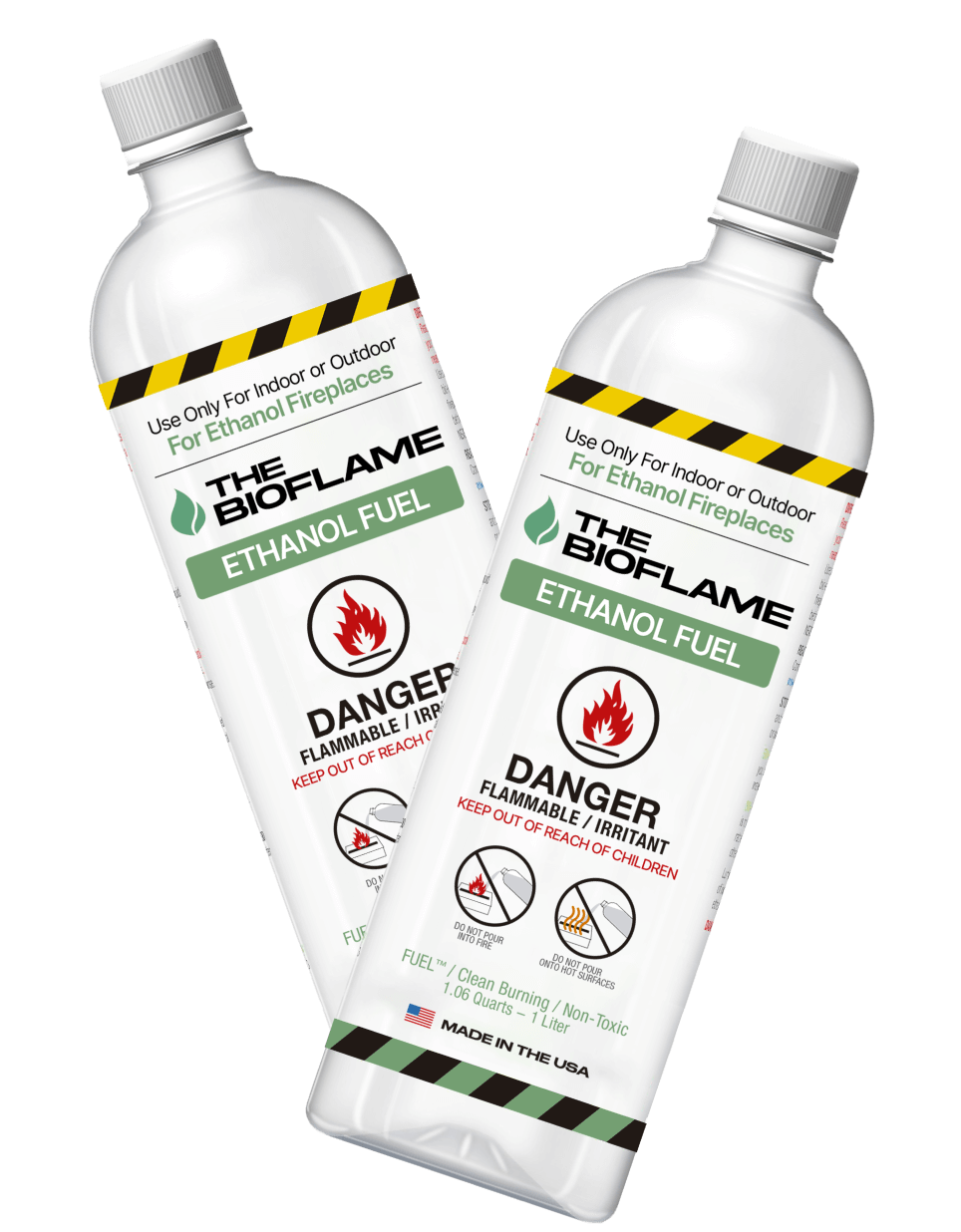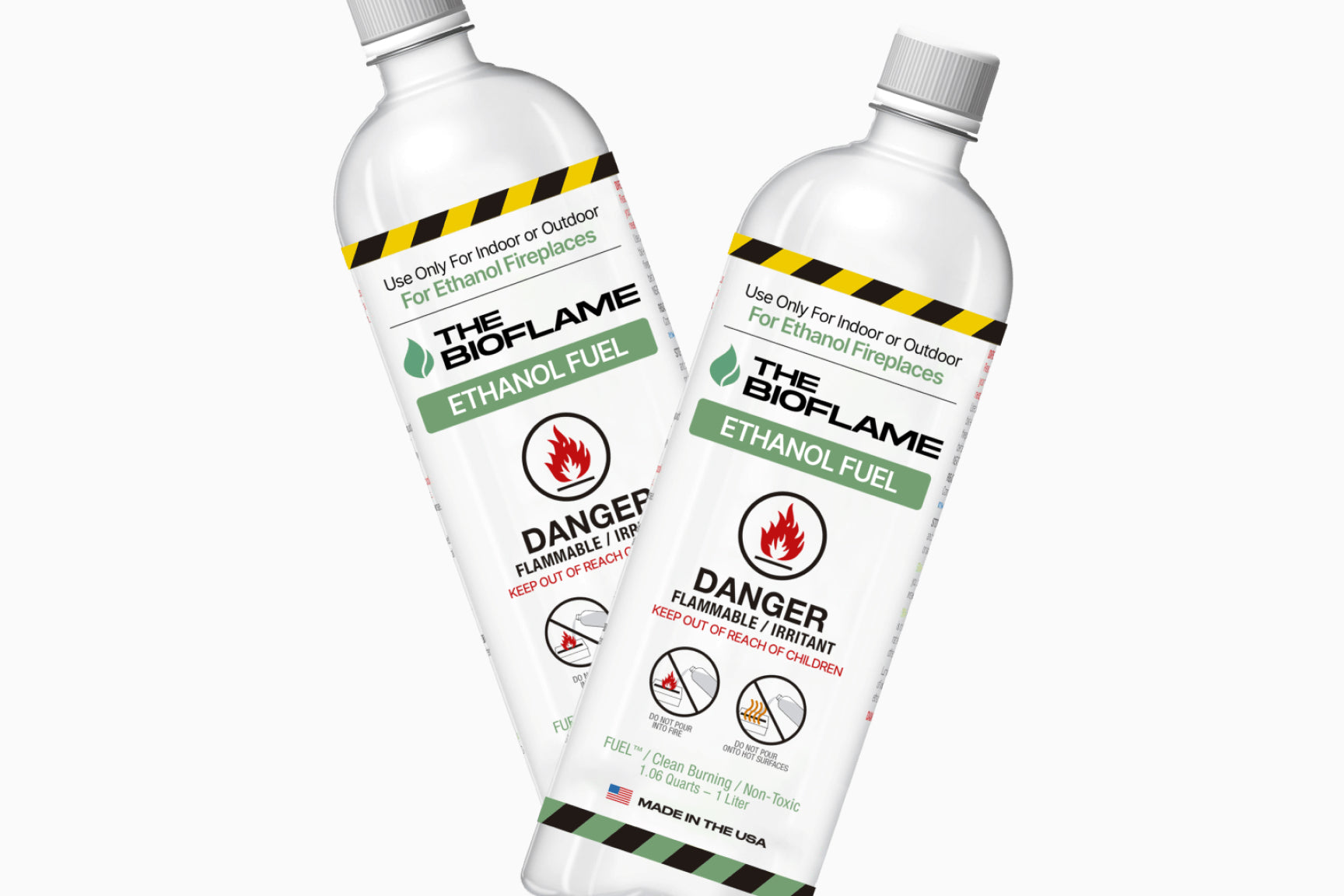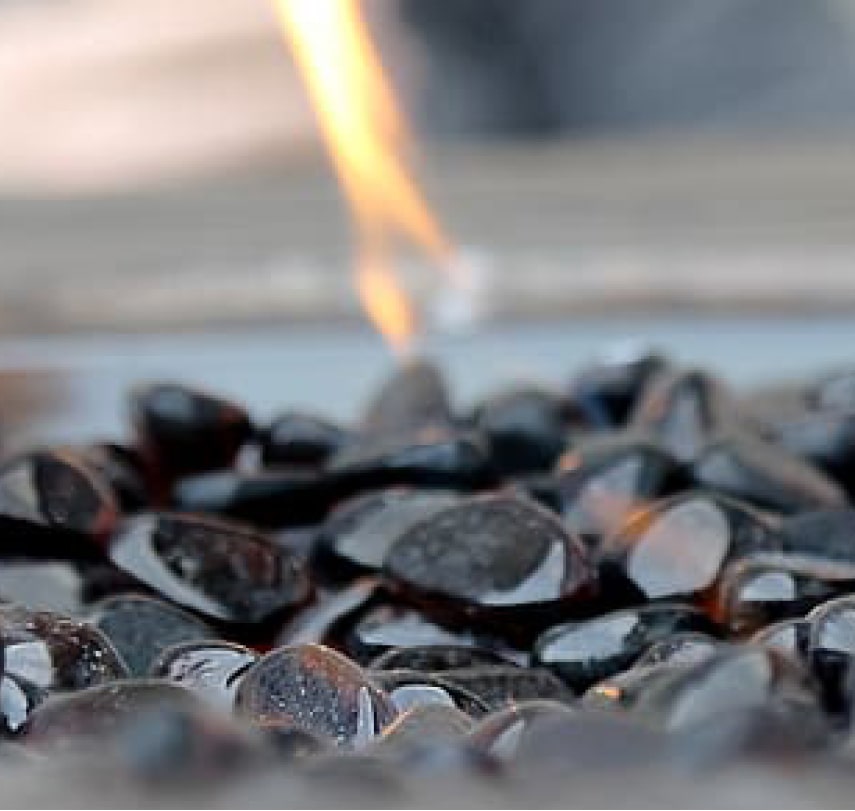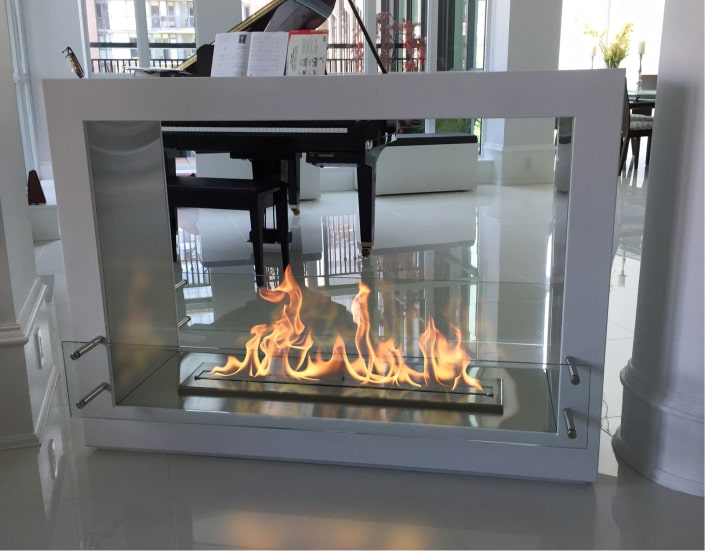Did you know the secret ingredient to Bio Flame’s bio-ethanol fuel? It’s sugar!
That’s right, Bio Flame’s pure plant-based fuel is produced through the fermentation of sugars, such as beets, sugar cane, and potatoes. These natural, renewable resources work together to create a bio-ethanol fuel source that provides warmth and creates a mesmerizing dancing flame. When it comes to having a fireplace where air quality complies with strict international government regulations, it doesn’t get much sweeter than that!

